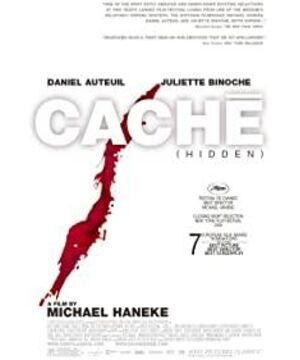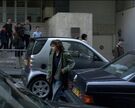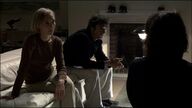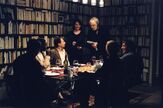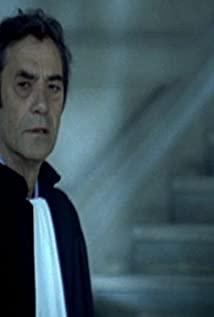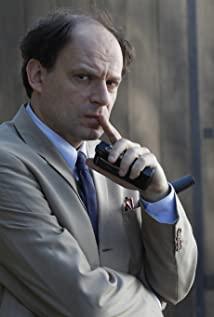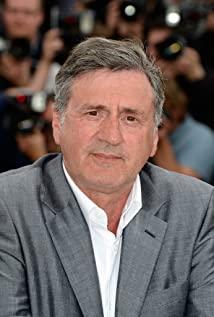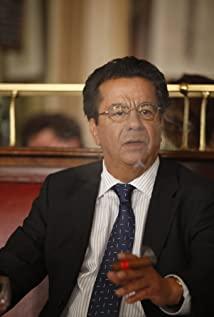Rather a mistrust of every image because every image is manipulative. In terms of aesthetic imagery, film and video are similar (Haneke, 2006).
In his response to the design of the George family's fixed camera telephoto shot, which appears several times in Cache (Haneke, 2005), Haneke introduces the concept of 'image mistrust'. He argues that the blurring of the boundary between film and video images , caused by the insertion of video in other media, creates a sense of mistrust in the viewer of the image at hand.
Cache was inspired by Haneke's viewing of an ARTE documentary about the 1961 massacre of revolutionary Algerians in Paris, and his shock at the fact that it took forty years for the story to come to light in a country like France, which prides itself on its freedom of the press (Porton, 2005). The incident inspired his distrust of the media and inspired him creating film.
Firstly, Cacheuses television as an example of opinion leaders filtering television programs and making the information received by viewers simplistic and one-sided, making the population less capable of receiving complex information and easier to manage. Theory of two-step flow of communication (Lazarsfeld, 2021 ) reflects this view, where the impact of mass communication does not affect people directly, but is transmitted to them through a second filter by opinion leaders. People lose trust in the media because they learn the truth about what is communicated, and Haneke excels in using media forms in his films to reflect on social issues. For example, in the post-production of George's television program, the editors manipulated the content of the programme,cutting out what they considered superfluous and keeping the simpler content more accessible to the audience. This demonstrates the power of managers to manipulate public opinion and breaks people's sense of security in the media.
Secondly, the media's ability to communicate is diminished by the class divide. With first-world middle-class families constructing safe spaces that paralyze the violence of media communication, demonstrating the diminished effectiveness of media reflection in public spaces (Cowan, 2008). For example, the decoration of George's home reflects the middle-class identity of George's family. The television as a media medium in his home is set inside a bookshelf full of books, a sense of framing that suggests that the first-world middle class constructs a closed safe space in their home where the suffering of the third world is allowed to be discussed.
However, at the same time these sufferings are only discussed and can easily be impacted by the personal and trivial emotions of life (Cowan, 2008). In one scene, a television screen shows images of the war in Iraq, and as the camera zooms out it shows George and Annie having an argument. This scene shows the safe space constructed by the bourgeoisie to withstand external malevolence, as they ignore the news shown on television and dwell on their own emotional situation. This episode of paralyzing violence embodies the middle class's avoidance of difficult encounters within public space, invoking a reflection that denies the positive role of media propaganda.
In sum, despite Haneke's objective, almost callous, camera representation of middle-class life, European immigration and historical-political issues, the viewer can still feel a strong sense of involvement and guilt at the collapse of the media framework, provoking a reflection on the media in today's society in the form of a film.
Reference:
Cowan, M. (2008). Between the street and the apartment: disturbing the space of fortress Europe in Michael Haneke. Studies in European Cinema , 5 (2), 117-129. doi:10.1386/seci.5.2.117/1
Heiduschka, V. (Producer), & Haneke, M. (Screenwriter/ Director). (2005). Cache [Motion picture]. France, Austria, Germany and Italy : Les Films du Losange.
Lazarsfeld, PF (2021). The People's Choice: How the Voter Makes up His Mind in a President Campaign . Columbia University Press.
Porton, R. and Haneke, M. (2005). Collective GuiltandIndividual Responsibility: AnInterviewwithMichael Haneke. Cinéa ste, 31( 1) , 50-51.
Tageszeitung, D. (2006, January 30). Cowardly and comfortable . Retrieved from http://www.signandsight.com/features/577.html
View more about Caché (Hidden) reviews


